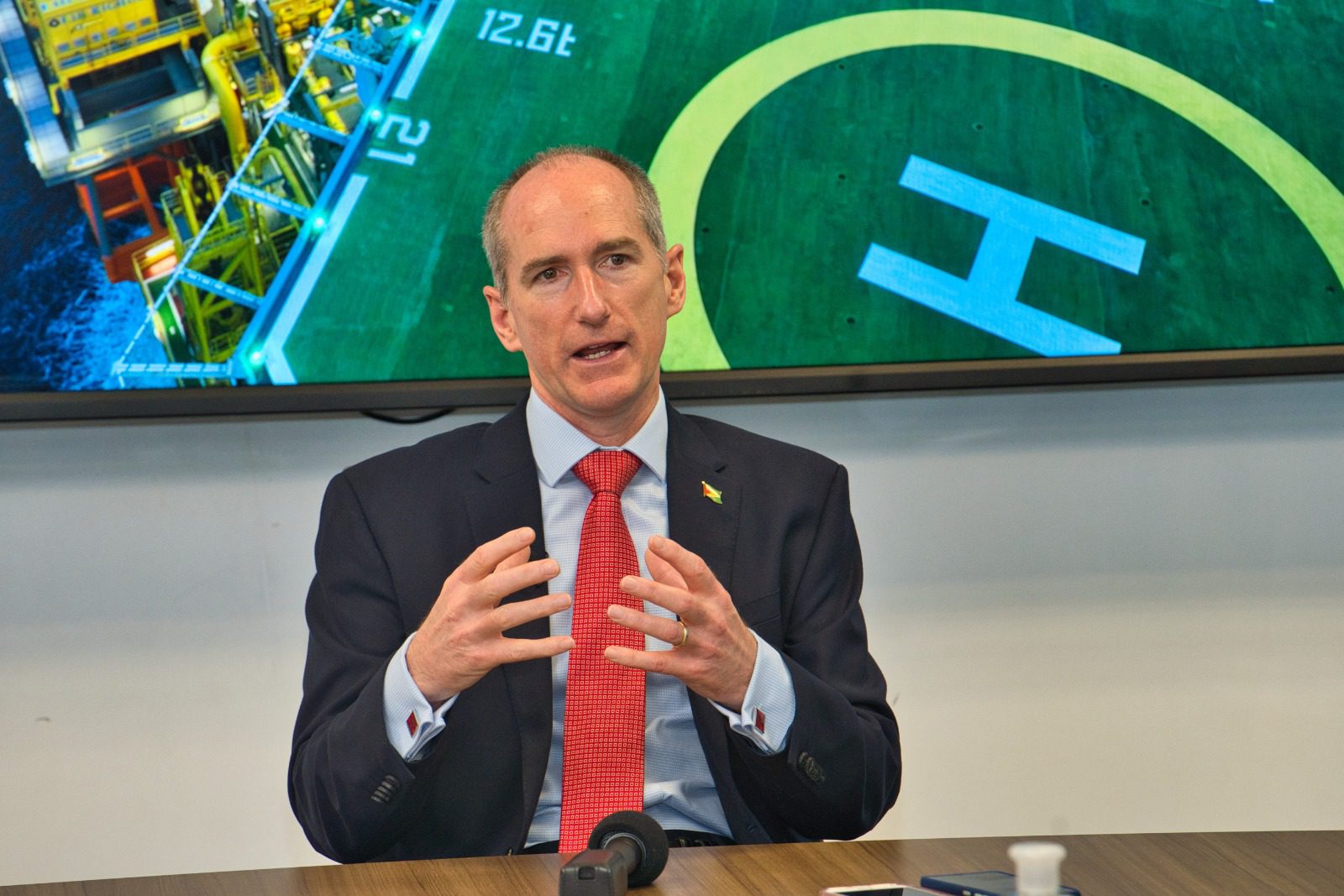ExxonMobil is exploring different facility options for the exportation of gas from Guyana. Alistair Routledge, ExxonMobil Guyana President, discussed Guyana’s potential as a deepwater oil producer during an August interview with S&P Global in London.
Guyana has been in the spotlight for its growing proven crude reserves and output. However, it has significant gas reserves too. While most of the produced gas is currently being reinjected to optimise oil output, the remainder is used for fueling operations. Commenting on the production techniques, Routledge said, “We focus on developing what we say is the black oil neighbourhood of the Stabroek block from what we’ve discovered to date.” Exxon has been using gas re-injection to keep oil recovery high.
However, he noted a need for gas sales options, especially with the discovery of “gassier” fields near the border with Suriname. “We do see this high variability of the fluids both laterally in different reservoirs, but also vertically. We have stacked reservoirs, and you can see different fluid mixes in different reservoirs,” Routledge said.
Discussing potential export solutions, he highlighted the complexities of deploying a floating LNG facility similar to ExxonMobil’s Coral field in Mozambique, explaining that the gassier fields near Suriname would prevent such straightforward deployment. He mentioned the possibility of a combined floating LNG and liquids production facility, stating, “We will have to have a production facility that just separates liquids and gas and handles probably tens of thousands of barrels a day of liquids production.”
“But do you then have a floating LNG facility next to a [liquids] production facility? Do you have that in shallow water? Do you have it onshore? We’re looking at all of those kind of concept options,” Routledge stated.
On the topic of licensing, Routledge expressed satisfaction with ExxonMobil’s current position and the upcoming relinquishment of 20% of its Stabroek Block prospecting area in 2024. He reassured that developments underway or in the planning stages would continue under the overall production sharing agreement even after the prospecting license expires in 2027. Exxon therefore has the next few years to determine, if any, its gas development moves.
Routledge mentioned the first gas pipeline, expected to transport 50 MMcf/d of gas to shore for power generation, as part of Guyana’s Gas-to-Energy project. S&P said this development will also lead to the production of around 4,000 b/d of natural gas liquids, with a natural gas liquids (NGL) plant set to be established by the Demerara River at the Wales Estate. This associated gas from the Liza field is being harvested, not for sale on the international market, but for local use.



